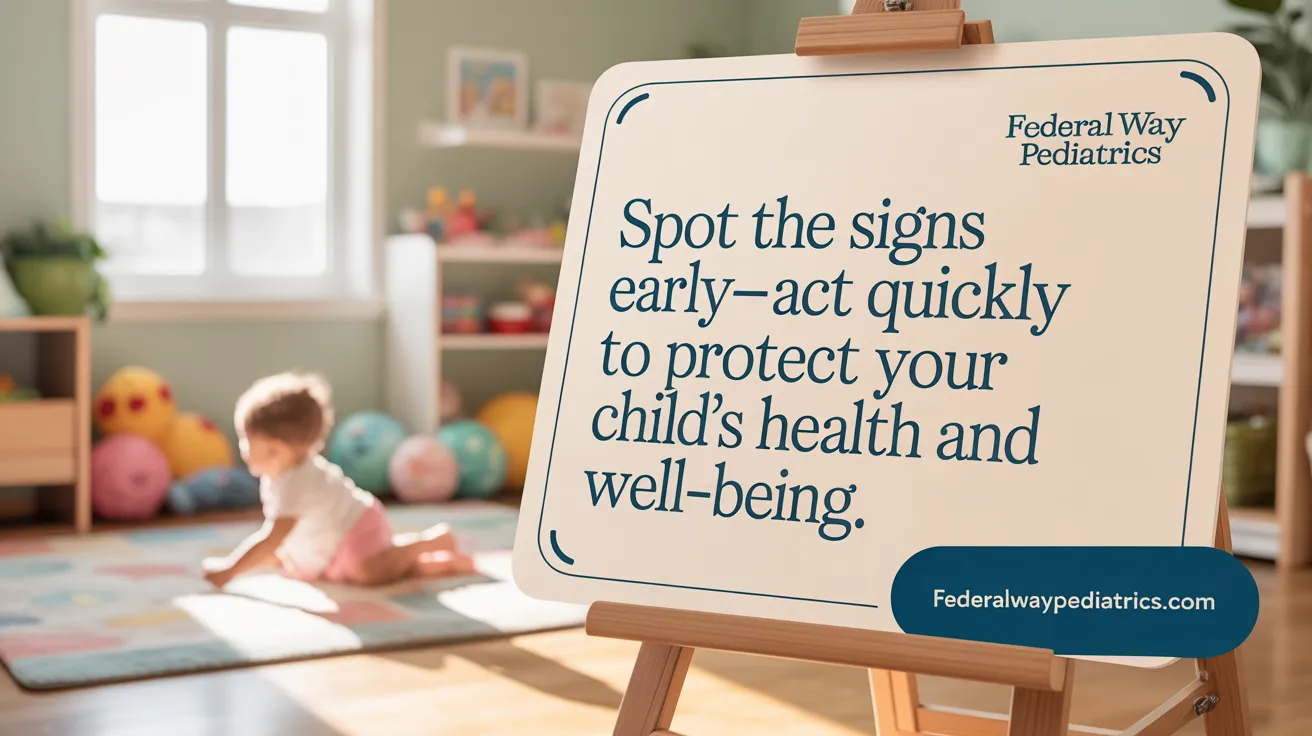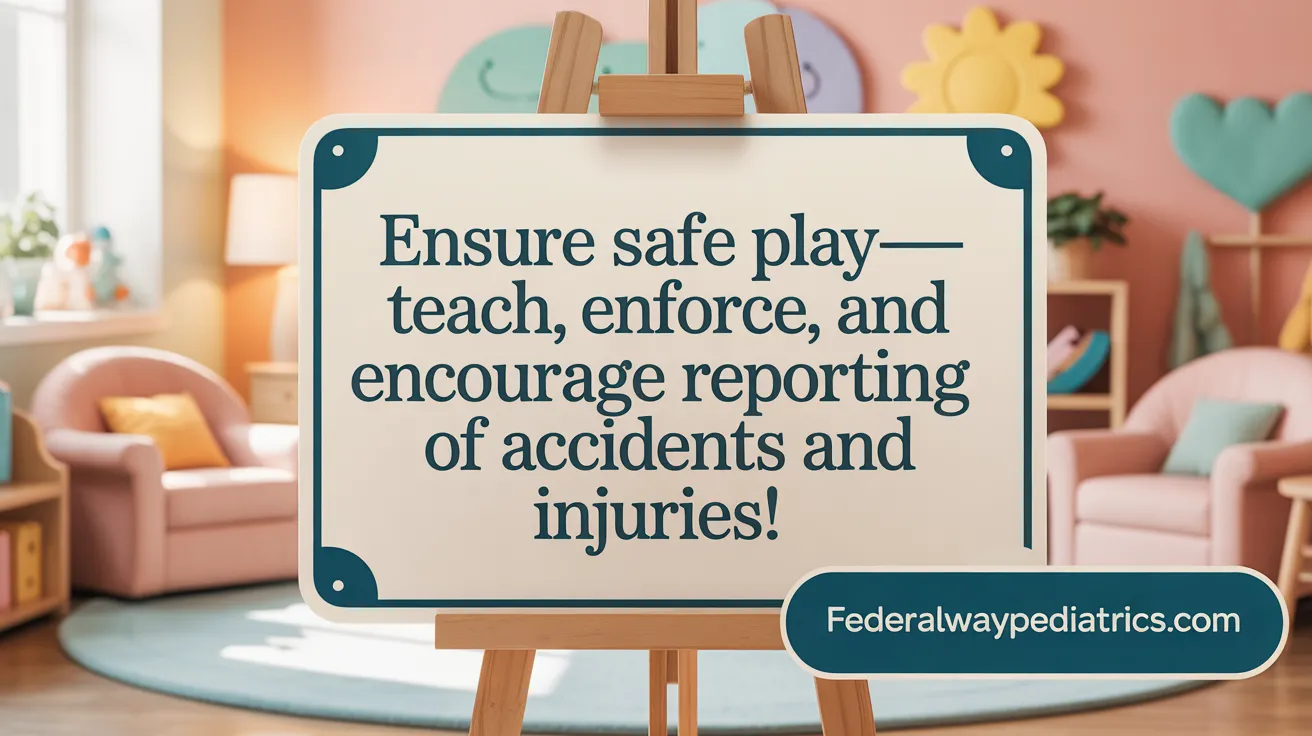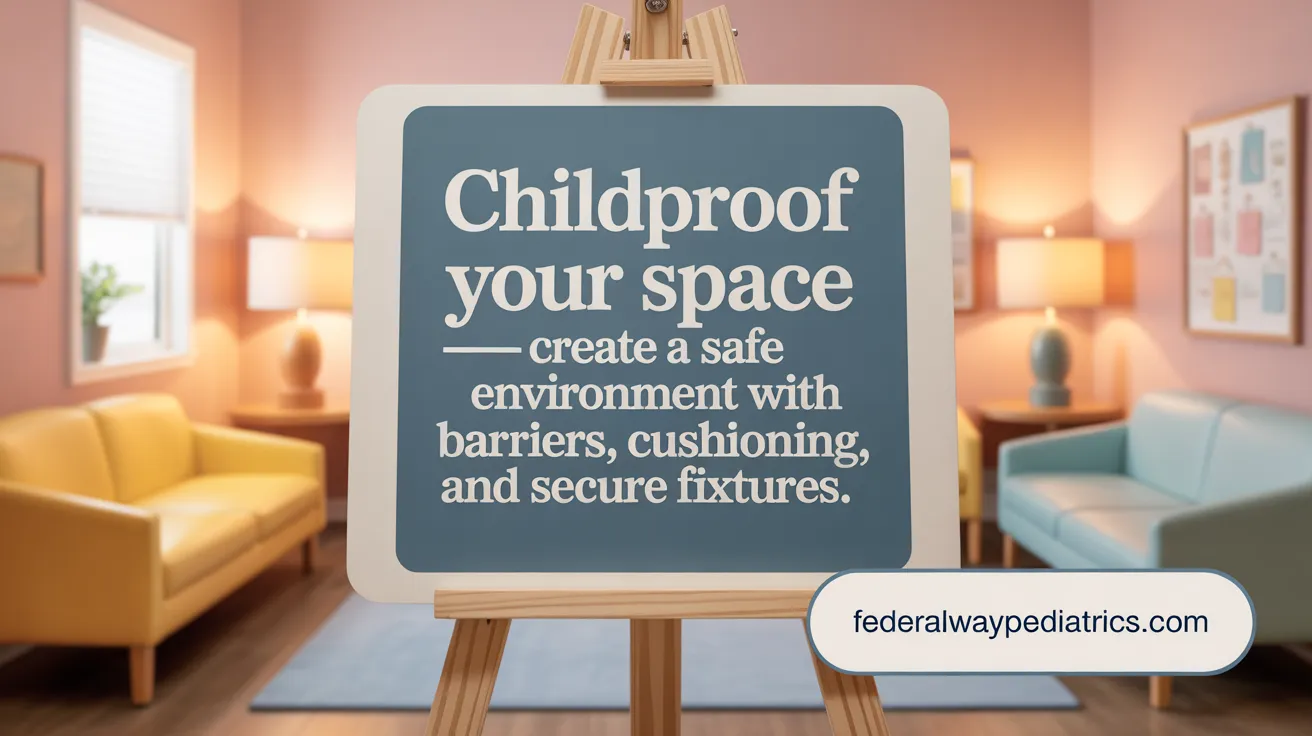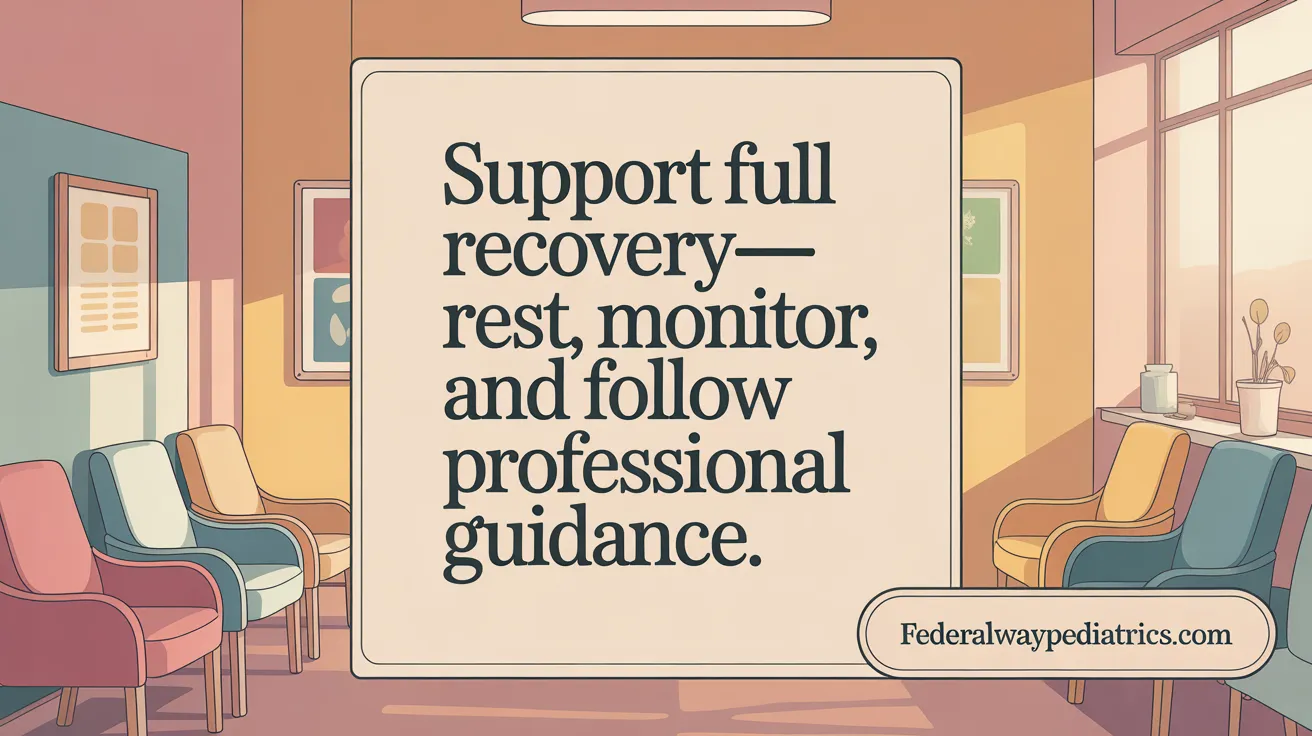Understanding the Importance of Concussion Prevention in Children
Concussions and other traumatic brain injuries (TBIs) are a significant health concern for children and teens, often resulting from falls, sports, and everyday activities. Since the developing brains of young individuals are particularly vulnerable to injury, proactive safety measures and education are key to reducing risk. This article explores effective strategies, preventive practices, and educational guidance for parents, guardians, coaches, and communities aiming to minimize concussion risks while promoting safe, active lifestyles for children.
Key Strategies to Prevent Concussions in Children

What are effective strategies and safety practices to prevent concussions in children?
Preventing concussions in children requires a combination of safety measures across different environments and activities. One of the most effective ways is ensuring children wear properly fitted helmets during high-risk activities such as biking, skateboarding, skiing, and contact sports. Proper helmet use cannot prevent all concussions but can significantly reduce their severity.
Childproofing the home is another crucial step. Installing window guards, stair gates, and soft surfacing like mulch or sand under playground equipment helps prevent falls, which are the leading cause of head injuries in children. Supervising children during play and ensuring age-appropriate equipment can further mitigate injury risks.
In sports, strict safety rules and proper techniques are vital. Limiting heading in soccer for children under 11, teaching safe tackling and body-checking methods, and promoting good sportsmanship can minimize dangerous contact. Coaches should monitor compliance with these rules, and children should be removed from play after a suspected head injury until evaluated by medical professionals.
Transport safety also plays a fundamental role. Using proper car seats, booster seats, and seat belts every time in a vehicle reduces the risk of severe injuries during crashes. Parents and caregivers should ensure these are correctly installed and fit snugly.
Educating children about reporting symptoms, recognizing concussion signs, and understanding the importance of safety measures encourages responsible behavior. Supervision, along with age-appropriate activities, helps create a safer environment, reducing the risk factors for traumatic brain injuries.
Together, these strategies form a comprehensive approach to protecting children from concussions.
| Safety Measure | Application Example | Impact Description |
|---|---|---|
| Helmet use | During biking, skateboarding, skiing | Reduces injury severity |
| Childproofing | Window guards, stair gates | Prevents falls |
| Safe sports rules | Limiting heading, enforcing tackling rules | Reduces contact injuries |
| Proper car seats | Fitting seats, booster seats | Lessens crash-related injuries |
| Supervision and education | Monitoring play, teaching reporting | Minimize risky behaviors |
Implementing these practices consistently can significantly lower the likelihood of concussions among children, fostering a safer environment both at home and during recreational activities.
Recognizing and Responding to Concussion Symptoms

What are the common causes and symptoms of concussions in children and teens?
Concussions in children and teens are mainly caused by falls, sports injuries, collisions during play, and accidents. These incidents often involve a direct hit to the head or body that causes the brain to move quickly inside the skull. The symptoms that follow can vary widely.
Children with concussions might experience headaches, dizziness, and nausea. They may also have trouble balancing, be sensitive to bright lights or loud noises, and appear confused or disoriented. Memory problems, irritability, mood swings, and sleep disturbances are also common. Interestingly, children may show these signs without losing consciousness.
Infants and young children might become more irritable, cry more, or change their eating or sleeping habits. They might look dazed or disoriented. More serious signs such as seizures, persistent vomiting, or loss of consciousness require emergency medical attention.
Repeated head injuries or ongoing symptoms lasting several weeks can make recovery more difficult and sometimes cause long-term issues. That’s why early recognition of these causes and symptoms is essential.
Prompt medical evaluation and proper rest are crucial for children who sustain a suspected concussion. Recognizing these signs early helps in managing the injury appropriately, preventing complications, and ensuring a safe return to daily activities and sports.
| Causes | Common Symptoms | Serious Signs to Watch For |
|---|---|---|
| Falls, sports, collisions | Headache, dizziness, nausea | Seizures, coma, persistent vomiting |
| Car accidents, hits to head | Confusion, irritability, mood changes | Loss of consciousness, behavior changes |
| Repeated injuries | Changes in sleep or eating habits | Worsening symptoms, such as increasing confusion or drowsiness |
Promoting Safe Behavior and Reporting in Youth Sports

What safety rules and techniques can help reduce concussion risks?
Implementing proper play rules and techniques is essential to minimize the risk of head injuries. Children should be taught to avoid head-to-head, arm-to-head, or foot-to-head collisions during sports. Proper tackling, especially in football, involves safe head-up techniques, leading with the trunk, staying relaxed, and staying alert to the ball. For soccer players, heading should be limited for younger children and only practiced under supervision with proper form, such as using the forehead's 'sweet spot' and communicating with teammates. Wearing well-fitting helmets and protective gear, particularly in activities like biking or skating, also helps reduce injury severity.
Are there specific restrictions on heading and contact in sports?
Yes. According to U.S. Soccer guidelines, children under age 10 should not head the ball during gameplay, and heading should be limited to practice for ages 11 to 13. This reduces the risk of repetitive head impacts. Additionally, sports programs aim to limit dangerous contact, such as illegal body checks or unsafe tackling, especially in youth leagues. Coaches are encouraged to promote skills and techniques that respect safety norms, fostering a culture of cautious play.
How do coaches and referees contribute to safety?
Coaches and referees play key roles in enforcing safety rules and promoting sportsmanship. They should ensure that players adhere to safety guidelines, like proper tackling and avoiding rough or dangerous contact. Recognizing signs of concussion early is vital; if a player shows symptoms, they must be removed from play immediately. Coaches should also communicate safety policies clearly and model good sportsmanship, such as discouraging helmet-to-helmet hits and unsafe behaviors.
Why is honest reporting of concussion symptoms important?
Encouraging children to report any head injuries or symptoms like dizziness, headache, confusion, or mood changes is critical. Honest reporting prevents further injury and ensures appropriate medical assessment. Children shouldn’t hide symptoms or keep playing with a suspected concussion. Educating players, parents, and coaches about the importance of truthful disclosure creates a safe environment where injuries are promptly addressed.
What are the protocols for removing injured children from play and ensuring they recover?
Any child exhibiting symptoms of a concussion must be immediately removed from the game or activity for evaluation. They should not return until they have been cleared by a healthcare professional trained in concussion management. A gradual return-to-play protocol helps ensure full recovery, starting with light activity and progressing only with medical approval. During recovery, children should rest physically and cognitively, avoiding activities that could cause further injury, with close monitoring by parents and coaches.
Educating Parents and Guardians on Concussion Risk Reduction
How can parents and guardians be educated about concussion prevention and injury risk reduction?
Educating parents and guardians is fundamental in reducing the risk of brain injuries in children. One effective approach involves community outreach programs, which organize workshops and seminars to provide information about prevention strategies and concussion awareness.
Healthcare providers also play a critical role by offering personalized guidance during check-ups, discussing safety measures, and addressing questions about protective gear and injury management. Additionally, distribution of educational resources such as brochures, online articles, and toolkits from reputable organizations like the CDC’s HEADS UP initiative helps families recognize concussion symptoms and understand immediate response procedures.
Prevention at home constitutes a major component. Parents should childproof living spaces—install safety gates, secure furniture, and use window guards—to prevent falls, the leading cause of head injuries. Ensuring children wear properly fitted helmets during biking, skateboarding, or other high-impact activities can mitigate injury severity.
Safe sports practices are equally important. This includes enforcing rules that limit dangerous contact, promoting the use of appropriate protective gear, and fostering an environment where children feel comfortable reporting symptoms.
Ongoing communication among parents, coaches, sports professionals, and healthcare providers ensures consistency in safety practices. Reinforcing the importance of these measures helps create a safety-first environment that prioritizes children’s neurological health.
By combining community engagement, professional advice, and home safety strategies, parents and guardians can significantly lower the chances of concussion and other traumatic brain injuries in children.
Preventing Falls and Head Injuries at Home and Playgrounds

Childproofing strategies including gates and guards
To reduce fall risks at home, childproofing measures are essential. Installing safety gates at stairs and window guards can prevent falls from high places. Securing furniture and cords also helps avoid climbing or tripping accidents.
Use of soft ground surfaces at playgrounds
Playgrounds equipped with soft materials like mulch, sand, or rubber mats under equipment significantly lower injury severity if a fall occurs. These surfaces cushion impacts, protecting children from head injuries.
Supervision and appropriate use of playground equipment
Active supervision ensures children use playground equipment properly. Teaching kids to take turns and avoid unsafe behaviors minimizes accidents. Monitoring can also help identify potential hazards early.
Avoidance of slippery surfaces and tripping hazards
Wet or icy outdoor surfaces increase fall risks. Wearing proper footwear and clearing walkways of debris or clutter can prevent slips and trips, especially during outdoor play.
Safety features for stairs, bathrooms, and walkways
Installing sturdy handrails on stairs and in bathrooms supports balance and prevents falls. Using non-slip rugs and mats in these areas also enhances safety. Proper lighting helps children see their surroundings clearly.
| Safety Measures | Description | Benefits |
|---|---|---|
| Gates and window guards | Seal off stairways and high windows | Prevent falls from heights |
| Soft ground surfaces | Use mulch, sand, or rubber mats | Cushion falls and reduce skull injury risk |
| Supervision | Keep an eye on children during play | Immediate help and safe play habits |
| Non-slip flooring | Install non-slip rugs and mats | Prevent slips and falls |
| Handrails and lighting | Add handrails and effective lighting | Increased stability and visibility |
Implementing these strategies collectively helps create a safer environment for children, reducing the risk of head injuries due to falls at home and playgrounds.
Optimizing Recovery and Return to Activities After a Concussion

Importance of mental and physical rest
Rest is crucial right after a child sustains a concussion. Limiting both physical activities and cognitive tasks, such as screen time and schoolwork, helps the brain heal. Usually, a period of 2-3 days of rest at home is recommended. This reduces further injury and alleviates symptoms like headache, dizziness, and irritability.
Monitoring symptoms and behavioral changes
Caregivers should keep a close eye on any changes in the child's behavior, mood, or physical state. Symptoms like increased confusion, persistent headache, vomiting, or unusual sleepiness warrant immediate medical attention. Behavioral signs of concussion may include irritability, dizziness, or difficulties concentrating.
Gradual, supervised return to sports and school activities
After initial rest, a slow reintegration process begins. Activities are reintroduced gradually, starting with light mental and physical tasks. Full participation in sports or school should only resume once symptoms have fully resolved, under supervision, and with approval from healthcare providers.
Role of healthcare professionals in clearance
A healthcare professional’s evaluation is essential before children return to sports or strenuous activities. They assess recovery progress using standardized concussion assessment tools. Only after the child is symptom-free and cleared by a medical expert should they resume normal routines.
Use of concussion assessment tools and individualized plans
Tools like the SCAT6 help in objectively assessing symptoms and recovery status. Each child’s return-to-activity plan should be tailored to their specific recovery timeline, ensuring safety and preventing setbacks.
| Topic | Focus | Additional Details |
|---|---|---|
| Rest | Mental and Physical | Prevents further brain injury, alleviates symptoms |
| Monitoring | Symptoms and Behavior | Watch for worsening signs requiring urgent care |
| Return to Activities | Stepwise and supervised | Includes gradual increase in activity levels |
| Medical Clearance | Professional Evaluation | Ensures safe full return |
| Assessment Tools | Individualized Recovery | Use standardized tools to guide decisions |
Following these guidelines helps ensure that children recover effectively and safely, minimizing risks of prolonged symptoms or additional injury.
Ensuring Safe and Enjoyable Activities Through Awareness and Prevention
While concussions pose a risk in many childhood activities, implementing proven preventive strategies can drastically reduce both their occurrence and severity. From proper helmet use and home safety measures to promoting safe sports practices and effective education for parents and caregivers, the combined efforts of families, schools, and communities create a protective environment. Early recognition of concussion symptoms and careful management during recovery ensure children can safely continue enjoying active, healthy lives. Prioritizing concussion prevention and awareness empowers everyone involved to keep kids safe as they play, learn, and grow.
References
- Preventing Concussion | HEADS UP
- Preventing Concussion in Athletes and Young Children
- Preventing kids' head injuries: Tips from a concussion expert
- A Parent's Guide to Concussions
- How Can Parents Help Prevent Concussions?
- Concussion Prevention Tips for Families
- Concussions in Children & Teens: What Parents Need to ...
- How to Prevent Concussions in Kids
